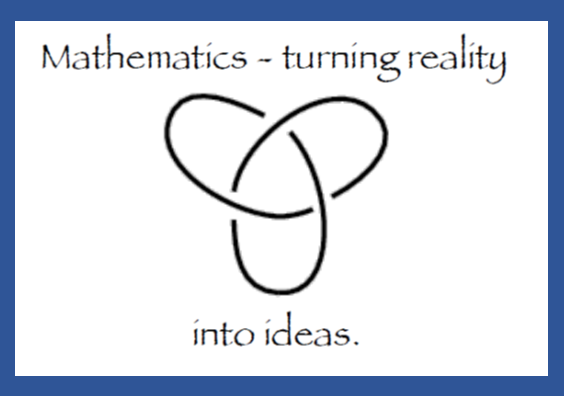
A Five-Minute History of Knot Theory
Document Type
Article
Abstract
James Clerk Maxwell attempted to understand how three rings of ether would pass through each other. On October 6, 1868, he wrote to Kelvin: "[Helmholtz's] 3 rings do as 2 rings in his own paper that is those in front expand and go slower those behind contract and when small go faster and thread through the others. I drew 3 to make the motion more slow and visible, not that I have solved the case of 3 rings more than to get a rough notion about this case and to make the sum of the three areas [constant] I have made them fat when small and thin when big." [Maxwell's lack of punctuation was not typical of his writing, which was generally excellent.] Maxwell drew the figures to be viewed on a zoetrope ("wheel of life") of his own design. The Cavendish Museum of Cambridge University owns the device.
This PDF contains a photograph of the Zoetrope created by James Clerk Maxwell reproduced from The Scientific Letters and Papers of James Clerk Maxwell (Harman, P. M. "Book Review: The scientific letters and papers of James Clerk Maxwell. Volume II, 1862-1873/Cambridge U Press, 1995." The Observatory 116 (1996): 44.), and a photograph of Professor Gordon Squires and Daniel Silver in 1996, during a visit to the Cavendish Museum of Cambridge. At that time, Professor Squires was the museum curator. Photo of Professor Squires and Dr. Silver was taken by Susan Williams.
Publication Date
2023
Recommended Citation
Silver, Daniel, "Part 3: James Clerk Maxwell's Zoetrope" (2023). A Five-Minute History of Knot Theory. 3.
https://jagworks.southalabama.edu/knot-theory-hist/3


Comments
Please click on the supplemental content in the "Additional Files" section below to see James Clerk Maxwell's hand-drawn zoetrope illustration of three smoke rings.
Copyright is owned by Cavendish Museum and is reproduced here with their permission.